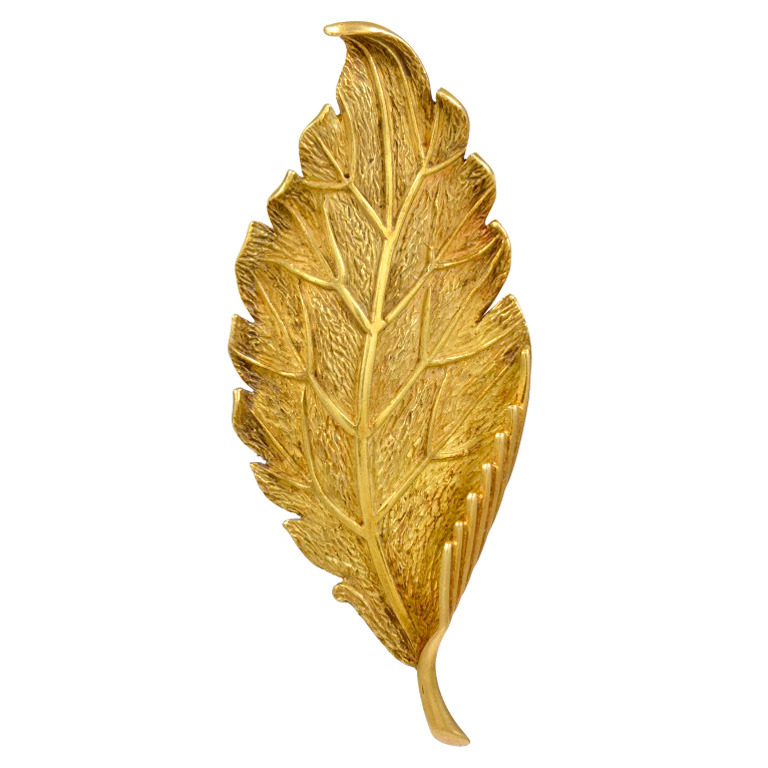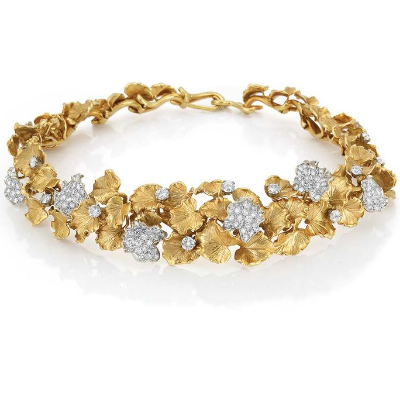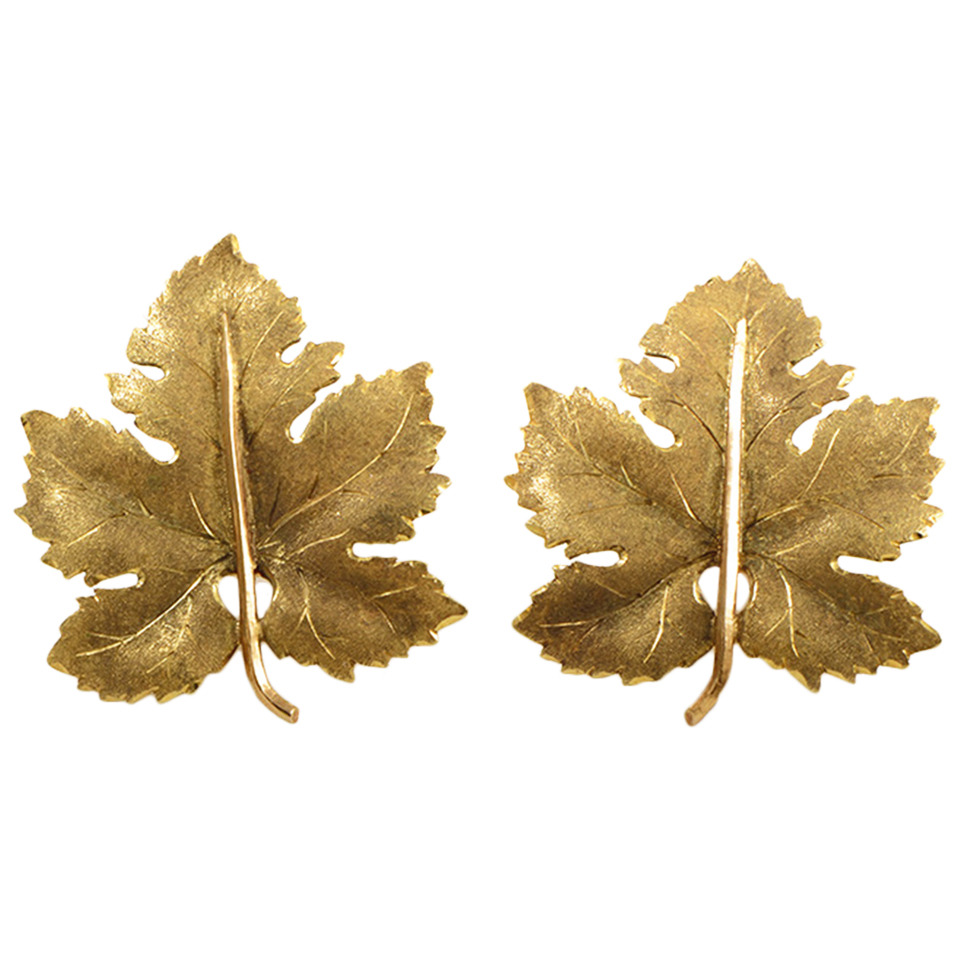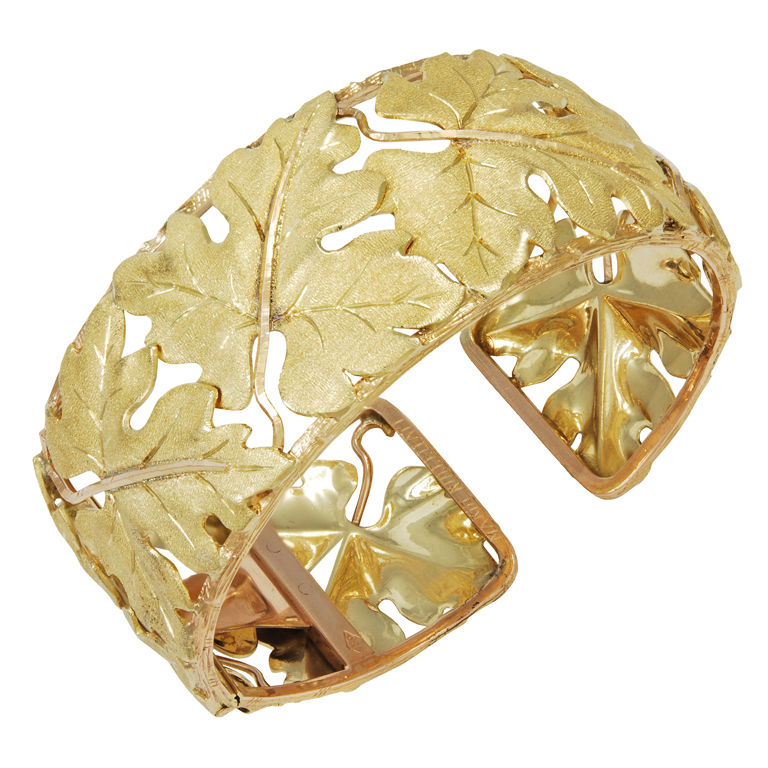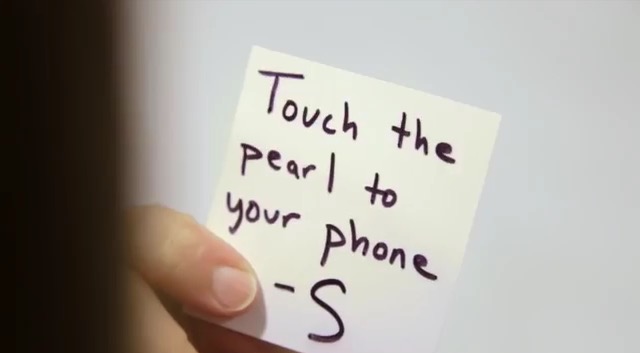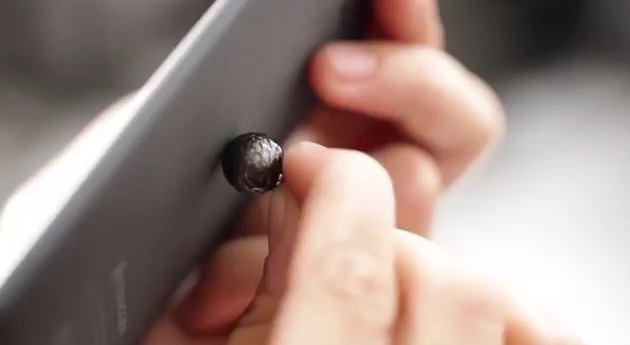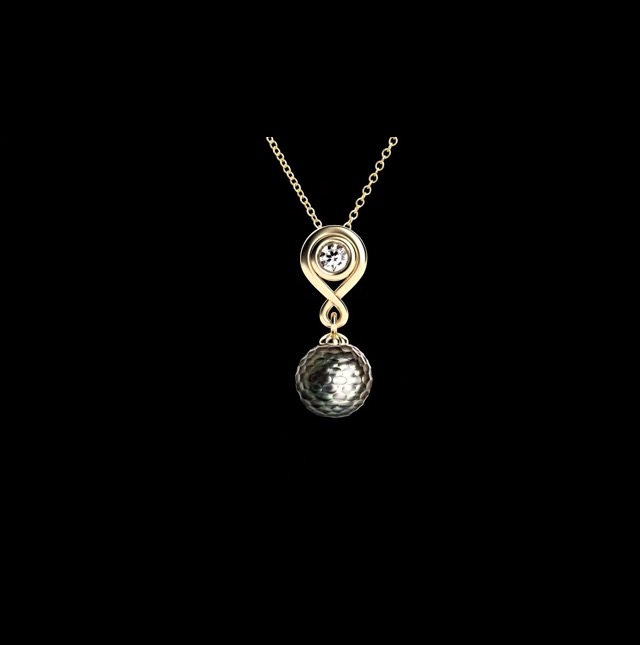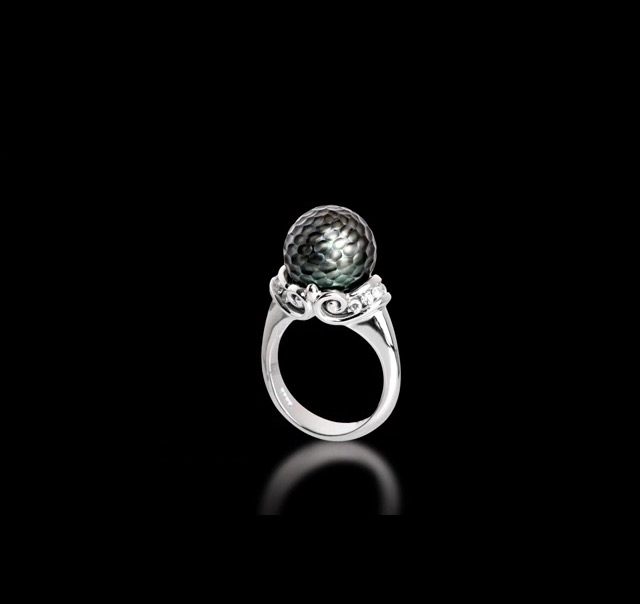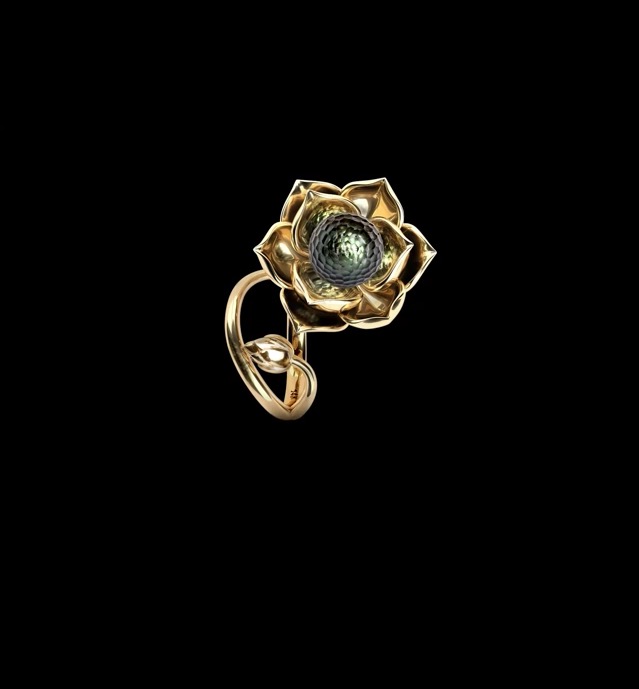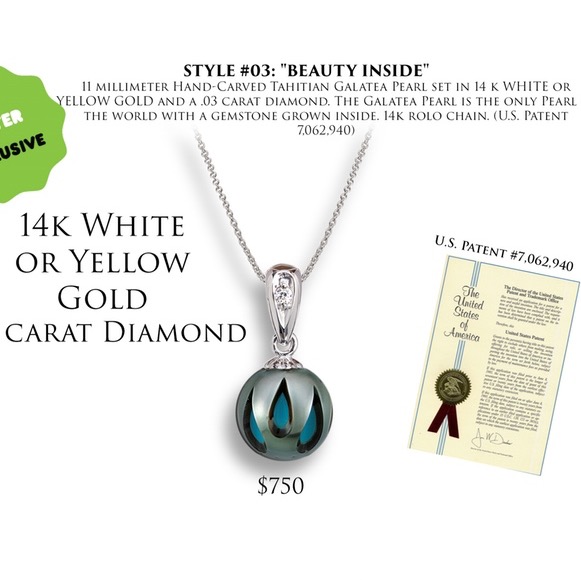How do you wear a torc? From the British Museum
/The Snettisham Great Torc. Found in Snettisham, UK. Electrum, 150 BC–50 BC. Diam. 19.9 cm. British Museum 1951,0402.2. (Photo: (c) The Trustees of the British Museum)
We've all seen these historical beauties, whether in museums or in articles, heavy gold torcs sometimes with elaborate designs. But have you ever wondered how you would wear such an item?
The British Museum recently addressed this issue in their blog.
How do you put on a torc?
Julia Farley, Curator, European Iron Age collection, British Museum; January 29, 2015
Although this is one of the most famous examples, the form is typical: open at the front, with a flexible neck-ring made of coiled or twisted wires. This type of torc is put on and taken off by being bent out of shape. You can see that one of the terminals of this torc has been pulled slightly forward compared to the other one. This is the result of it being repeatedly pulled open to be slipped on. A re-enactor friend of mine has told me that he often puts a torc on from the front, and then twists it round to bring the terminals to the front. I’ve tried with replicas, and I tend to slip mine on from the back, so there are different ways of doing it.
This constant flexing caused a lot of stress to the metal neck rings of the torc. When you bend metal in this way, it tends to harden and become brittle. You may have experienced this first hand if you have ever wanted to break off a piece of wire for hanging a picture or working in the garden and did this by bending it back and forth until it broke. The same thing happened to some torcs. We have many examples of truly beautiful neck-rings which were worn to destruction – taken on and off so many times that they broke at the back. They have often been somewhat clumsily repaired, as in this case:
(Photo: (c) The Trustees of the British Museum)
The break is covered with a thin sheet of gold foil, but X-radiography of the torc shows that all the wires have snapped! Torcs were quite fragile objects, and they were frequently broken and then repaired in this way. This is curious, because there was an easy way to avoid the problem. If you anneal the metal – heat it up to cherry-red temperature, around 600-700 degrees centigrade – it re-softens. This would have been a simple matter with the technology available. So why were so many torcs allowed to break? And why do the repairs often look like shoddy afterthoughts? I wonder if being the proud owner of a ‘vintage’ torc (old enough to be in need of flamboyant repairs) might have been something to be proud of. Rather than an unfortunate accident, breakage could have been part of the natural lifecycle of a torc. The repaired torc pictured above was buried in a hoard with many other, much newer, ones. By the time it went into the ground, it was probably an heirloom object, perhaps as much as 100 years old. It would have been possible to carry out much more subtle repairs, but perhaps they were supposed to be obvious? Being a member of a family with such a long history of wealth and power was probably a source of great pride, and the repairs might have emphasised the age of the object, and reminded people of the many stories attached to it.
On the Continent, there are other types of torc, which sometimes have clever hidden clasps, hinges, or removable sections such as these ones:
(Photo: (c) The Trustees of the British Museum)
When worn they would have given the impression of a solid ring of metal, but in fact they were relatively easy to put on and take off.
The idea of a hinge was taken up in later British neck-rings found in south-western Britain. They have a discreet hinge at the back, and a clasp at the front that was hidden when the terminals were closed.
(Photo: (c) The Trustees of the British Museum)
From these kinds of evidence, I strongly suspect that torcs were put on and taken off quite regularly, rather than being intended to be worn for very long periods of time. The most decorative were probably worn for special occasions, and some of the simpler designs may have been for everyday wear. But we have so little evidence for what constituted ‘day-to-day wear’ in the Iron Age that it’s hard to be sure.
But there are some torcs which I don’t think could be opened up, such as this one from Trichtingen in Germany, also in the Celts exhibition:
Torc. Silver, iron, 200–50 BC. Trichtingen, Germany. Diam. 29.5 cm. (Photo: P. Frankenstein/H. Zweitasch; (c) Landesmuseum Wurttemberg, Stuttgart 2015)
The gap isn’t wide enough to squeeze your head in, and there is a solid iron core under the silver, so it couldn’t have been bent. It also weighs nearly seven kilos! And if you did wear it, which way up would it go? It seems designed to be viewed upright, like in the picture. But with the terminals at the back the bulls would have been hidden, and with the terminals at the front their heads would be upside down, not to mention how uncomfortable those horns would be, sticking into your collar bone…
I think it’s most likely that torcs such as the one above weren’t worn at all. They might have been symbols of status to be brandished aloft, rather than worn around the neck, just like the way that the antlered god on this plaque from the Gundestrup cauldron hefts a torc into the air, terminals upright. However it was used, the torc was obviously a powerful symbol.
Cauldron. Silver, partially gilded, 100 BC–AD 1. Gundestrup, Denmark. Diam. 69 cm; H. 42 cm. (c) The National Museum of Denmark.



